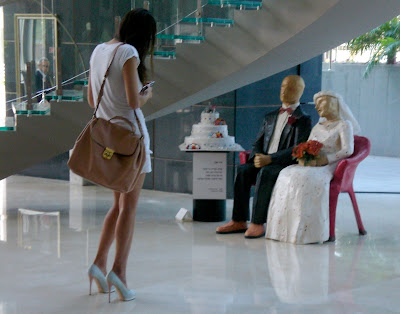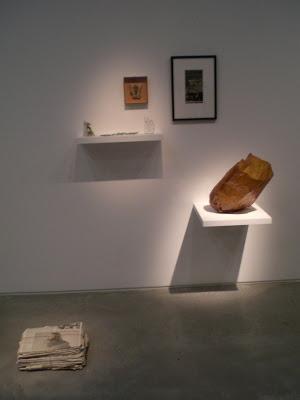
Israeli artist Tzuri Gueta deconstructs and reconstructs, sculpting ethereal, almost sea like creations out of the most banal materials. His installations seems to bow to no rules, follow no conventions; the unexpected shapes and textures take your breath away and draw you in with their curious forms. As a contemporary creator, Gueta focuses our attention on the magic that happens when something is taken apart- through the process of re-creation, something entirely new is borne, and mere polymer is elevated to airy gracefulness.

Gueta honed his art working for Parisian designers who needed exceptional and unusual designs to decorate the collars and hems of their haute couture creations. Some of his object-accessories resemble softly glowing opalesque drops, achieved by pressing lace against silicone gel. Others are reminiscent of sea anemones or underwater plants, while others are vaguely threatening- sharp black shapes thrusting out of tar-like textures.

Gueta recently had an exhibition at the Tel Aviv Museum of Art, entitled Si51. I never did discover exactly what Si51 is, so I feel free to engage in a little open interpretation here- I liked the scientific connotation of the exhibit’s name, seemingly in reference to the fusion of hi-tech and low-tech processes to re-form synthetic materials into something much more. While obviously stunningly gorgeous, I also found the installations to be filled with inspiration. The story of rebirth or recreation holds such promise, for it always seems lke just around the corner lies redemption. Gueta’s deconstruction and recreation of base and usually vulgar materials into new and unrecognizable forms is a visualization of hope. When things fall apart, exquisite beauty can rise phoenix-like from the ashes.










